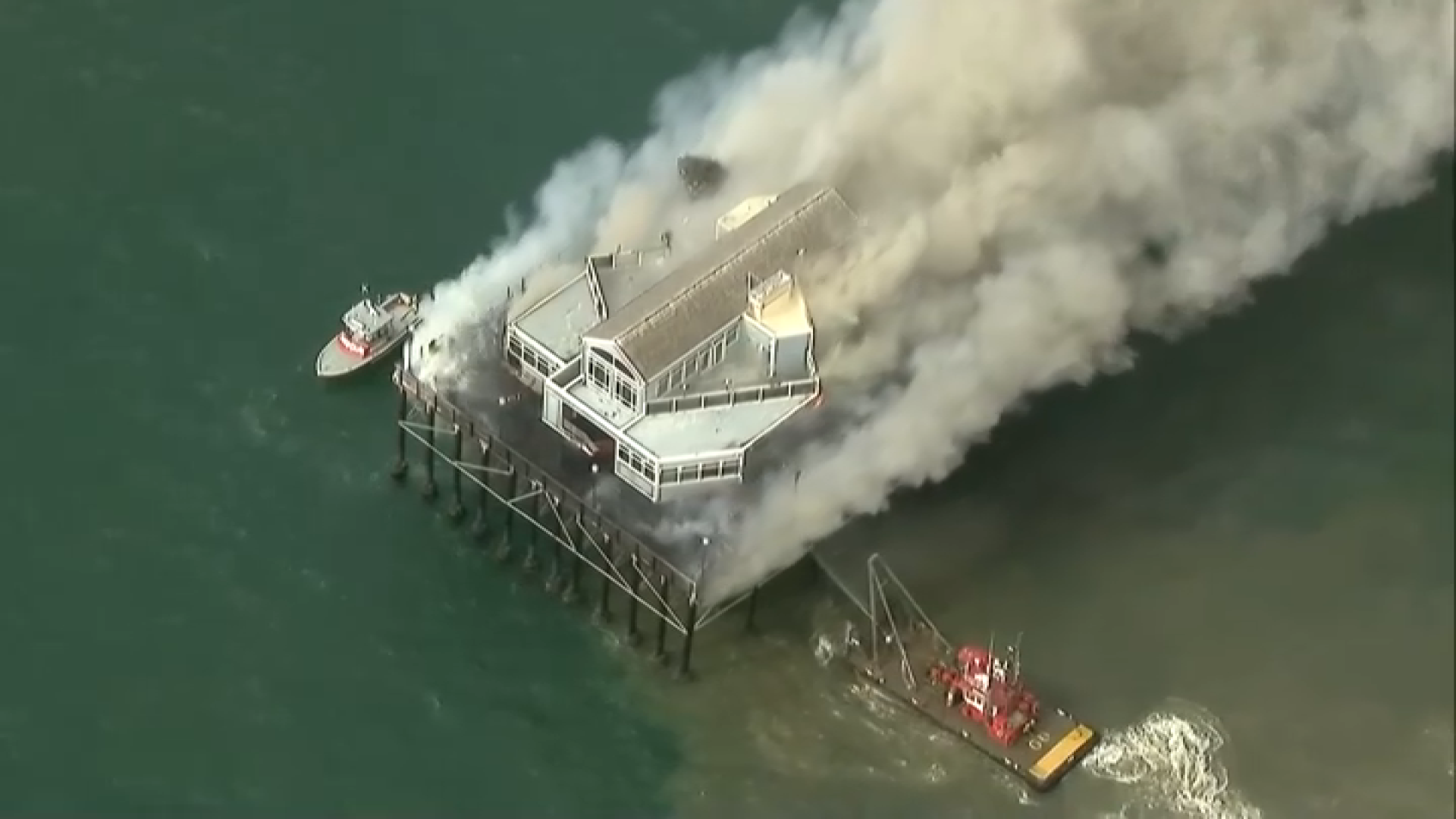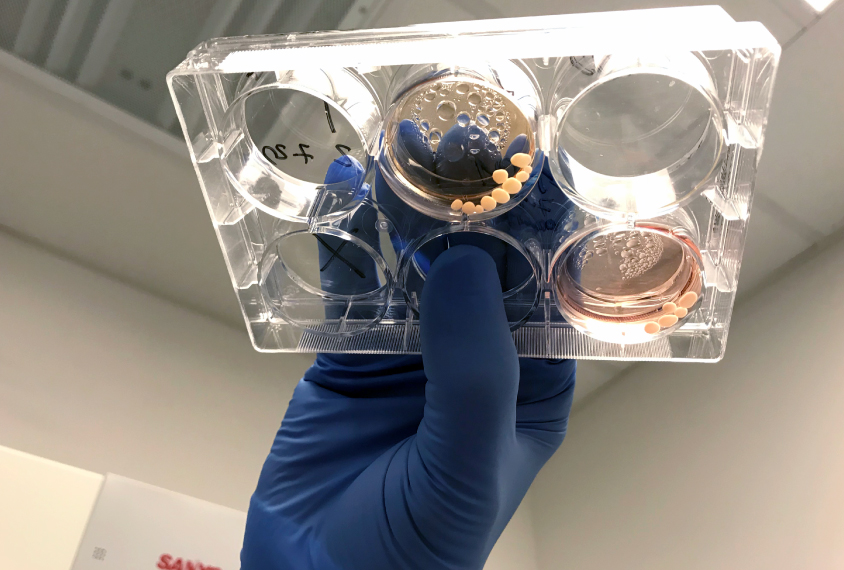What cured a Southland neighborhood's recurring flooding, ironically, is also proving effective in combating the ongoing drought.
What caught the attention of Sun Valley residents on Elmer Avenue was the opportunity to augment drainage systems to keep storm runoff from flooding over curbs and eroding yards. But rather than sending the water into the storm sewer and out to sea, the new drainage collects runoff, steering
the majority into the soil to replenish groundwater.
- Running Dry: Coverage of the California Drought
"It's a benefit," said longtime neighborhood resident Alicia Gonzalez, who recalls years past when rainstorms literally eroded her front yard.
That has not happened again in the four years since the new drainage systems were retrofitted. Better still, Gonzalez's household is buying less water from the utility company, because between the recycling and drought-tolerant landscaping, much less water is needed for irrigation.
"What's cool about it is we get to recycle our rainwater," Gonzalez said.
Systems that collect rainwater also gather dry-season runoff from sources such as sprinkler overspray or driveway car washing, said Eileen Alduenda, a landscape architect and
project manager of the Elmer Avenue demonstration.

Many of the yards on Elmer Avenue have rock-lined creek channels called swales that are dry most of the time, but can collect any runoff and allow it to percolate into the soil. Yards also have reverse curb drains--instead of sending runoff into the gutter, they take water from the gutter and direct it into the yard for irrigation or percolation. What's more, downspouts deliver roof runoff to rain barrels with with spigots so that the gathered water can be used for watering with a garden hose.
The Council's mission is guided by the results of studies showing that soil can function as a filter for runoff, removing impurities as the water percolates down to the underground aquifers that are the sources of wellwater.
Elmer Avenue south of Keswick Avenue narrows into an alley. As a second phase of the retrofit project, the alley was transformed into a greenbelt with a long, meandering swale, which collects runoff. Wednesday the soil in the swale was noticeably moist, even though the area has had no measurable rainfall for several weeks. "This is good evidence of dry weather runoff," Alduenda said.
Next to the swale is a walkway paved with concrete that is permeable, so water does not pond or run off, but instead drains through the concrete into the ground below. What was once an alley now welcomes strollers and visiting school classes and has been dubbed the Elmer Paseo.
Legislation encouraging runoff collection systems has been introduced in Sacramento by Senator Fran Pavley, D-Agoura Hills. SB985 moved out of the Senate Water and Natural Resources Committee on Tuesday. A study cited by her office projected that dry run-off in Los Angeles County amounts to 767 thousand acre feet of water--enough to satisfy the household needs of one and a half million.
The Elmer Avenue project was enabled by the cooperation of literally dozens of public and private entities. The green initiative went beyond water management--street lighting installed by city of Los Angeles is solar powered with battery storage.
The Council is making plans to proceed with other alley rehab projects similar to the Elmer Paseo. But at this point there are no arrangements in place for another retrofit of the magnitude of Elmer Avenue.
Meantime, Elmer Avenue has become a case study for neighborhood water management.
California
News from across California
"A lot of people want the changes that we have," Gonzalez observed.



